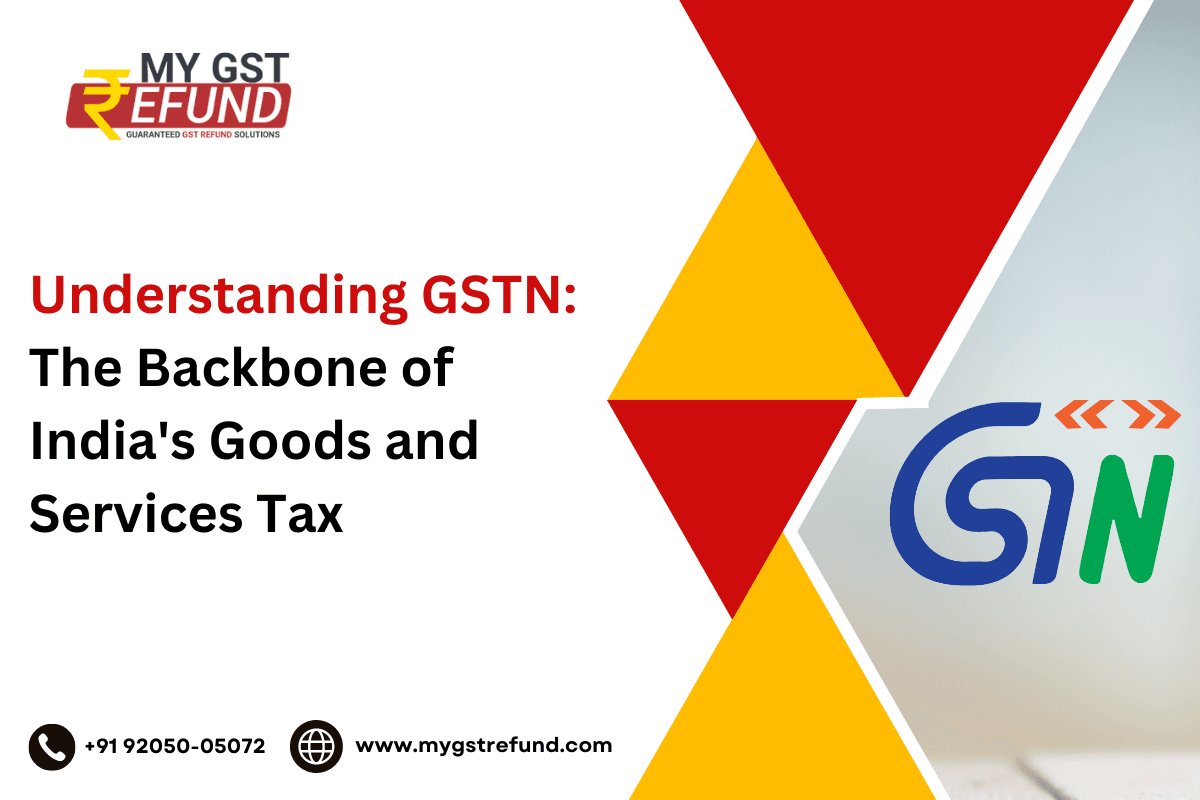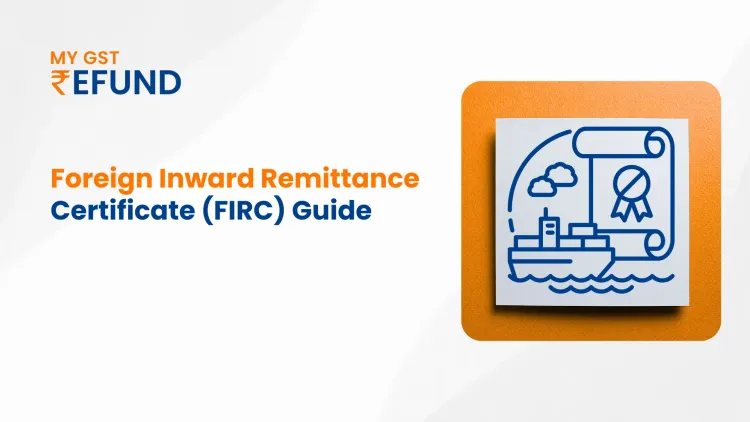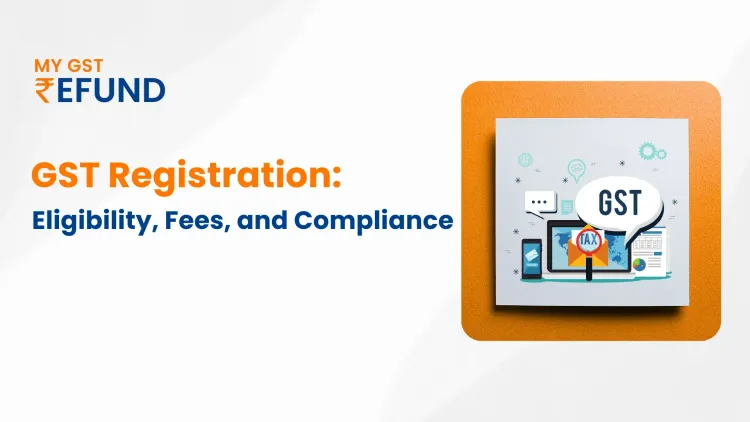Understanding GSTN: The Backbone of India's Goods and Services Tax
Published on: Tue Dec 12 2023
Introduction:
The Goods and Services Tax Network (GSTN) stands as a pivotal entity in the Indian taxation landscape. Since its inception, GSTN has played a crucial role in streamlining and digitizing the country's taxation system, fostering transparency and efficiency. This article delves into the comprehensive details of GSTN, its functions, significance, and frequently asked questions.
1. What is GSTN?
The GSTN, or Goods and Services Tax Network, is a non-profit organization that manages the entire IT framework of the Goods and Services Tax (GST) regime in India. Established in 2013, GSTN operates as a public-private partnership, with the Government of India holding a 49% stake, and the rest owned by private financial institutions.
2. Functions of GSTN:
- Registration and Onboarding: GSTN facilitates the registration of taxpayers under GST, providing a user-friendly portal for seamless onboarding.
- Return Filing: It acts as the platform for filing GST returns, ensuring a standardized and digital process for businesses to report their sales and purchases.
- Data Management: GSTN manages a vast repository of taxpayer data, ensuring secure storage and accessibility for regulatory purposes.
- Invoice Matching: The system enables automated matching of invoices between buyers and sellers, minimizing errors and discrepancies.
- IT Infrastructure: GSTN provides the technological infrastructure for the implementation of GST, connecting various stakeholders, including taxpayers, banks, and government agencies.
3. Significance of GSTN:
- Single Interface for Taxpayers: GSTN provides a unified interface for taxpayers, simplifying compliance and reducing the burden of dealing with multiple tax authorities.
- Real-time Data Processing: The system ensures real-time processing of transactions, enhancing the accuracy and timeliness of tax reporting.
- Increased Transparency: By digitizing the entire taxation process, GSTN enhances transparency, making it easier for authorities to track and monitor transactions.
- Reduced Compliance Burden: GSTN automates several processes, reducing the compliance burden on businesses and promoting ease of doing business.
Also Read: Understanding GST Penalties - Due Date, Late Fees & Interest
Frequently Asked Questions (FAQs):
Q1: Who needs to register on the GSTN portal?
A1: Any business with an annual turnover exceeding the prescribed threshold limit is required to register on the GSTN portal.
Q2: How does GSTN ensure data security?
A2: GSTN employs robust security measures, including encryption and secure socket layer (SSL) protocols, to safeguard taxpayer data.
Q3: Can small businesses file returns manually instead of using the GSTN portal?
A3: No, GST returns must be filed electronically through the GSTN portal. Manual filing is not permissible.
Q4: How does GSTN handle invoice discrepancies?
A4: GSTN's automated system reconciles and matches invoices, and any discrepancies are flagged for further investigation and resolution.
Q5: Is GSTN only applicable to businesses?
A5: Yes, GSTN primarily caters to businesses, including manufacturers, service providers, and traders.
Q6: Can I make changes to my GST registration details once they are submitted?
A6: Yes, certain details in the GST registration can be amended online through the GSTN portal. However, some changes may require approval from tax authorities.
Q7: How does GSTN facilitate the composition scheme for small businesses?
A7: GSTN allows eligible small businesses to opt for the composition scheme through its portal, where they can pay a fixed percentage of their turnover as tax and file simplified returns.
Q8: Is GSTN applicable to all states in India?
A8: Yes, GSTN is applicable across all states and union territories in India, unifying the taxation system under the Goods and Services Tax.
Q9: Can I claim a refund through the GSTN portal?
A9: Yes, businesses can file refund claims for excess input tax credit or accumulated input tax using the GSTN portal, following the prescribed procedures.
Q10: How does GSTN handle interstate transactions?
A10: GSTN ensures seamless processing of interstate transactions by capturing and reconciling data from both the originating and destination states, facilitating smooth tax compliance for businesses involved in interstate trade.
Also Read: The Impact of Goods and Services Tax (GST) on E-commerce
Conclusion:
GSTN stands as a cornerstone in the successful implementation of GST in India, revolutionizing the taxation landscape. By providing a robust, transparent, and efficient IT infrastructure, GSTN has not only simplified compliance for businesses but has also paved the way for a more streamlined and digitized taxation system. As the Indian economy continues to evolve, GSTN remains a critical player in ensuring the success of the Goods and Services Tax regime.
Related Posts





